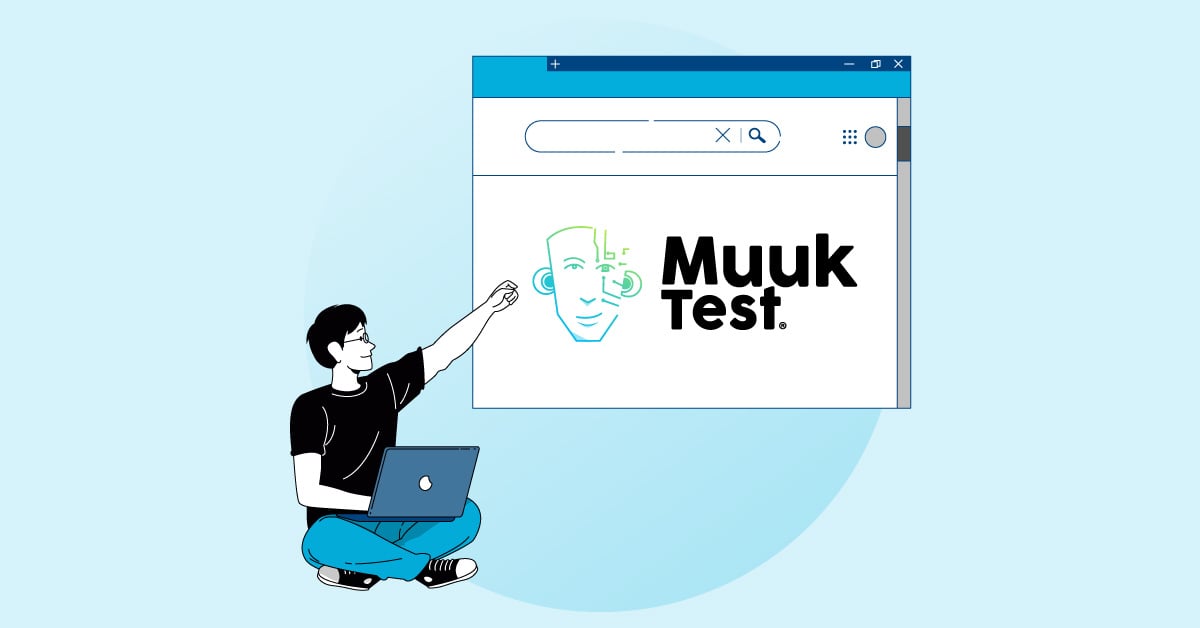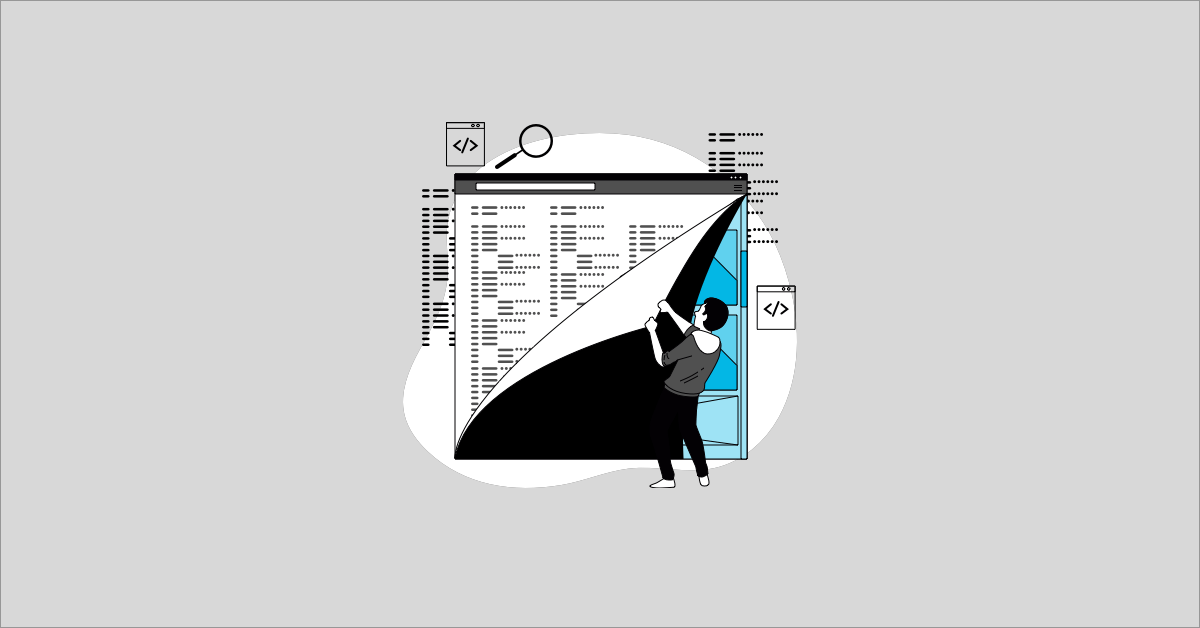Shipping fast is no longer a competitive advantage; it’s the expectation. As engineering leaders, you're tasked with scaling teams, accelerating release cycles, and maintaining product quality, all at once.
But there’s a hidden bottleneck that still haunts many organizations: testing.
If your current QA efforts feel like a patchwork of scripts, tools, and manual reviews, you're not alone. What you need isn’t just another testing tool; it’s an actual automation testing program.
In this guide, we’ll walk you through what a successful automation testing program looks like, how to build one that scales, and how to avoid the most common pitfalls. We’ll also share how Muuktest, built by engineers who have faced these same challenges, helps teams skip the chaos and get straight to results. Whether you’re just getting started or looking to level up, we’ve got your back.

Key Takeaways (TL;DR)
-
Automation testing programs are strategic initiatives, not just tools. They enable faster releases, higher product quality, and scalable engineering practices.
-
A successful program aligns people, processes, tools, and culture to deliver reliable, maintainable, and impactful testing.
-
Open-source tools like Selenium, Cypress, Playwright, and Appium are powerful, but they require significant setup and maintenance.
-
Follow our step-by-step framework to build or scale your automation program with confidence, from defining goals to expanding wisely.
What Is an Automation Testing Program (and Why It Matters)?
An automation testing program is more than a framework or a set of test scripts. It's a strategic, cross-functional initiative designed to embed quality at every stage of the development lifecycle. It involves aligning people, tools, and processes around a shared goal: delivering high-quality software faster.
Unlike ad-hoc efforts, a proper program defines ownership, scope, key performance indicators (KPIs), and maintenance plans. It integrates with CI/CD pipelines, scales with your product, and evolves with your team.
Benefits of a Structured Automation Testing Program
For CTOs and engineering leaders, automation testing isn't just a quality assurance (QA) concern. It is a strategic lever. A well-structured automation testing program enables organizations to move faster, ship with confidence, and scale without sacrificing quality. It is not just about catching bugs. It's about enabling velocity, reliability, and trust throughout the entire engineering organization.
Here’s why investing in a thoughtful automation program pays off:
-
Faster Release Cycles
Eliminate manual bottlenecks and run critical tests in parallel, enabling faster feedback and more frequent deployments.
-
Scalable Test Coverage
As your product grows, your test suite can grow with it without a proportional increase in QA resources.
-
Stronger CI/CD Pipelines
Automated tests integrated into your pipeline ensure that every commit is verified, keeping releases smooth and reliable.
-
Consistent Quality, Less Risk
Automated regression and smoke tests catch issues early, reducing production incidents and reinforcing customer trust.
-
Operational Efficiency and ROI
While setup requires investment, automation reduces long-term costs by minimizing bugs, QA overhead, and rework.
Taking ownership of your testing strategy is not just about preventing problems; it's also about identifying and resolving them. It is about enabling progress. With a modern automation testing program in place, engineering leaders can empower their teams to move fast, stay confident, and deliver at scale.
The Pillars of a Strong Automation Testing Program
People
The foundation of any successful automation initiative lies in the QA testing team. A cross-functional approach that brings together QA engineers, developers, product managers, and operations ensures that testing is deeply embedded in the development lifecycle. When everyone contributes to quality, testing becomes proactive rather than reactive. Invest in training and upskilling to empower team members with the knowledge and tools they need.
Process
Clear, repeatable processes form the roadmap for consistency and growth. Start with defined goals, then build out a prioritized testing backlog. Establish routines for planning, executing, reviewing, and maintaining tests. Regularly assess the effectiveness, coverage, and performance of your tests to adapt as your product evolves. A good process includes feedback loops and automation metrics that drive continual improvement.
Tools
Selecting tools should be based on your team’s skill set, project requirements, and future scalability needs. Whether you choose open-source frameworks like Selenium and Playwright or commercial platforms, tools must integrate smoothly with your existing stack. Avoid the temptation to chase trends; instead, choose tools that are flexible, well-supported, and easy to maintain. And remember, the best tools are the ones your team can confidently use.
Culture
The most overlooked pillar, yet arguably the most important. Creating a culture where quality is everyone’s responsibility ensures long-term success. Leaders should foster collaboration, transparency, and a mindset of continuous learning. Automation is not a one-time setup; it's a living system that requires ongoing care. When the entire team values testing and quality, your automation program will thrive.
Key Open-Source Tools for Automation Testing Programs
A successful test automation program often leverages open-source testing frameworks as its building blocks. Open-source automation tools provide flexibility and community support, and many have become industry-standard components of testing strategies. Here are some key open-source tools commonly used in automation testing programs:
| Tool |
Strengths |
Weaknesses |
Best Use Cases |
| Selenium |
Flexible, multi-language, cross-browser |
Complex setup, maintenance-heavy |
Scalable web testing, legacy support |
| Cypress |
Fast, developer-friendly, great UX |
JS-only, browser-focused |
Modern frontend apps, dev-driven teams |
| Playwright |
Cross-browser, fast, modern |
Newer, smaller community |
Scalable browser testing, CI-first teams |
| Appium |
Mobile-first, cross-platform |
Slower, device setup complexity |
Mobile testing across iOS/Android |
Many teams adopt a hybrid approach – using open-source frameworks at the core, supplemented by commercial services or add-ons where needed. For instance, you might use Selenium/WebDriver for core automation but leverage a paid cloud service for cross-browser infrastructure (e.g., BrowserStack), or use a commercial dashboard for reporting. The right mix depends on your team’s skills, budget, and quality requirements.
The Open-Source Dilemma: Power vs. Overhead
Open-source tools offer tremendous flexibility and control. They allow engineering teams to customize their testing stack to fit specific technical needs and avoid vendor lock-in. However, that power comes with responsibility. Open-source solutions require time, skilled resources, and ongoing maintenance to stay reliable and scalable.
This is where many teams hit a wall. They start strong with tools like Selenium or Playwright, but progress slows as frameworks become more complex and require constant maintenance. The result? Fragmented test coverage, delayed releases, and teams that feel stuck maintaining infrastructure instead of driving quality forward.
Bridging the Gaps with Test Automation Services
Test automation services can bridge the gap for organizations that want the benefits of open-source tools without the heavy lifting of building everything in-house. These services provide platforms or expertise that accelerate the implementation of an automation program. That's why we built Muuktest: to combine the best of open-source automation with the ease of a managed platform. We help teams launch and scale test automation without the pain of building everything from scratch.
Muuktest is an AI-powered platform that accelerates automation maturity by:
-
Using open-source engines like Selenium and Playwright under the hood, so you retain the flexibility you need.
-
Auto-generated test cases with AI, dramatically reducing the manual effort of scripting.
-
Maintaining your suite proactively as your application changes, so your tests evolve with your product.
-
Offering expert guidance and support from initial setup through ongoing scaling.
-
Running on a scalable cloud infrastructure, ensuring fast, reliable test execution across browsers and devices.
In practice, engaging a service like MuukTest can accelerate your test automation program while mitigating risk. Since the underlying tests are often exportable as Selenium or Playwright scripts, you get the advantages of open-source software, including flexibility and avoiding lock-in. This also provides the benefits of commercial tools: ease of use, support, and a faster time to value. This hybrid approach is especially appealing to engineering leaders who want quick results without compromising on technology choices.
Automation Tools vs. Muuktest
| Feature |
Open-Source Toolkits |
Muuktest |
| Initial setup time |
Weeks to months |
Hours |
| Scripting needed |
Extensive |
Auto-generated tests |
| Maintenance |
Manual, ongoing |
Included |
| CI/CD Integration |
Manual setup |
Pre-configured |
| Cross-browser/device support |
Tool-dependent |
Built-in |
| Expert support |
Community-based |
Included |
| Best for |
Teams with deep QA devs |
Fast-scaling orgs |
Building a Test Automation Program from Scratch: Step-by-Step Framework
If you’re a CTO or engineering leader starting an automation testing program from the ground up, it’s essential to approach it methodically. Here is a framework with key steps to guide the design and implementation of a successful test automation program:
1. Define Clear Goals and KPIs
Articulate what success looks like. Do you want faster releases, better coverage, fewer bugs in production? Set quantifiable metrics (e.g., "automate 80% of regression tests in 6 months"). Define your scope — will you start with web, mobile, APIs? — and secure executive buy-in early.
2. Assemble the Right Team and Skills
Designate a cross-functional team: QA automation leads, SDETs, developers, and product owners. Clarify responsibilities — who writes tests, manages infrastructure, and tracks results. Invest in training or hiring to fill skill gaps in scripting, DevOps, or test strategy.
3. Choose the Right Tools and Frameworks
Select tools based on your tech stack and team expertise. Consider open-source options, such as Playwright or Selenium, versus commercial platforms or services like Muuktest. Ensure your tools support the needed testing types (UI, API, load) and integrate with your CI/CD pipeline.
4. Prioritize Test Cases and Start Small
Focus on high-impact, high-risk areas first, such as login, checkout, and core APIs. Build a backlog of test cases, rank them by value and frequency, and pilot automation on a narrow scope before scaling it up. Prove early success to build momentum.
5. Design for Maintainability and Scale
Use architectural best practices: Page Object Models, modular test design, and data-driven testing. Eliminate flaky tests, refactor regularly, and document conventions to ensure team-wide consistency.
6. Integrate into CI/CD Pipeline and Establish Reporting
Integrate automation into your build process. Run tests on every commit and gate release based on test outcomes, and ensure your test environments are consistent and repeatable. Set up real-time dashboards to track execution, failures, and trends.
7. Measure, Learn, and Improve
Track KPIs like coverage, defect escape rate, test runtime, and maintenance effort. Hold retrospectives focused on automation performance. Evolve your toolset, strategy, and priorities as your team and product mature.
8. Scale and Expand Wisely
Once you see early success, expand automation to additional features, projects, or types of testing, such as performance testing or security testing. Scale your test infrastructure accordingly and consider formalizing automation governance through a Center of Excellence if needed.
By following these steps, CTOs and engineering leaders can build a solid foundation for their automation testing program. Remember that the journey requires both technical foresight and cultural change, encouraging developers and QA to collaborate on automation and viewing quality as a shared responsibility. With persistence and the right strategy, your organization can reach a state where automated testing is an integral and trusted part of your software delivery pipeline, yielding faster releases and higher confidence in each deployment.
Conclusion
Automation testing programs have become essential for organizations looking to deliver high-quality software at scale. For CTOs and engineering leaders, a well-structured automation initiative is more than a toolset. It is a catalyst for speed, stability, and more innovative development practices.
A thoughtful automation strategy brings together the right people, processes, and technologies. It improves product quality, accelerates delivery cycles, reduces long-term costs, and builds a culture of confidence and accountability.
Whether you are scaling your team, responding to faster release demands, or seeking relief from flaky, hard-to-maintain tests, the good news is: you do not have to choose between speed and quality. With the right program and partner, you can achieve both.
Muuktest was created to help teams of all sizes launch and scale test automation programs with clarity, speed, and confidence. We eliminate barriers, fill gaps, and make world-class automation attainable.
Ready to get started? Book a demo or explore our customer stories to see what is possible.




%20(1).png?width=150&height=69&name=MuukTest-logo---light-background%20(3)%20(1).png)

